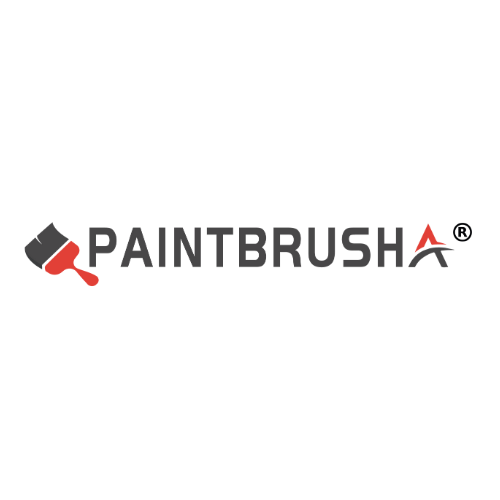When drawing cartoon characters in wall paintings, the skill of using wall painting brushes is of vital importance. Here are some practical tips that can help you complete cartoon wall paintings better:
First, choose the right wall painting brush
Brush size and shape:
Large brush: Used for large-scale color application, such as background colors, main color blocks of cartoon characters, etc. Large brushes can quickly and evenly cover the wall surface, improving the efficiency of painting.
Small brush: Used for detailed drawing, such as the eyes, mouths, and hair of cartoon characters. The small brush can control the brushstrokes more precisely, making the picture more vivid and realistic.
Outlining pen: It is used to outline the contour lines of cartoon characters. The outlining pen is sharp and fine, capable of drawing smooth and clear lines.
Bristle material:
Wool brush: Suitable for smooth walls, it can evenly cover colors and is suitable for large-scale coloring.
Pig bristle brush: Suitable for rough walls, it can absorb a large amount of paint and is suitable for thick coating techniques.
Nylon brushes: Not recommended for wall paintings because they stick to less paint and are difficult to cover the wall surface.
Second, the preparation stage
Wall treatment:
Make sure the wall surface is clean, smooth and free of dust, oil stains and other impurities. When necessary, you can first sand the wall with sandpaper and then apply a primer to enhance the adhesion of the pigment.
Design sketch
Gently outline the general outline and position of the cartoon character on the wall with a pencil. The sketch doesn’t need to be drawn very finely, but the positions and proportional relationships of each element should be determined.
Color selection:
Choose the appropriate color according to the characteristics and style of the cartoon character. The color should be bright and vivid, in line with children’s aesthetic preferences. Acrylic paint can be used. It has the advantages of fast drying and good water resistance.
Third, drawing techniques
Large-scale color application
Use a large brush to dip an appropriate amount of paint and start coloring from the main color blocks of the cartoon image. When applying color, do it evenly and quickly to avoid leaving obvious brushstroke marks.
Detail description:
After the base color is completely dry, use a small brush to dip in the paint and start to draw the detailed parts of the cartoon image. Such as eyes, mouth, hair, etc., attention should be paid to the precision and vividness of the details.
Outline:
Use a marker pen dipped in black or dark paint to outline along the contour lines of the cartoon character. When outlining, it is necessary to maintain the smoothness and clarity of the lines to make the picture more three-dimensional.
Light and shadow processing
To make the cartoon characters more vivid and realistic, appropriate light and shadow effects can be added. Through the contrast of light and dark, the picture presents a sense of three-dimensionality and layering.
Color transition
In the part of color transition, wet painting or gradient effects can be used to make the colors more natural and smooth. By controlling the concentration of the pigment and the direction of the brushstrokes, a smooth transition of colors is achieved.
Fourth, Precautions
Pigment drying property:
Acrylic paint dries completely after the water evaporates. Therefore, when painting, one should have a clear understanding of the procedure and arrange the painting steps reasonably to avoid the paint mixing with each other before it dries completely.
Protective measures:
During the painting process, it is important to protect the ground and furniture well to prevent the paint from dripping and causing pollution. Plastic sheeting or newspapers can be used for covering.
Safety matters:
Ensure that the pigments and tools used are safe and non-toxic, and meet the safety standards for children’s products. During the painting process, it is important to ensure good ventilation and air exchange to avoid inhaling harmful gases.
Fifth, post-processing
Inspection and Rectification:
After completing the wall painting, carefully check the picture to see if there are any omissions or areas that need adjustment. If necessary, make timely adjustments and improvements.
Protective coating
To make the wall paintings more durable and long-lasting, a protective coating can be applied to the surface, such as clear varnish or transparent solid wall paint. This not only protects the wall paintings from the erosion of dust and stains, but also enhances the luster of the wall paintings.
